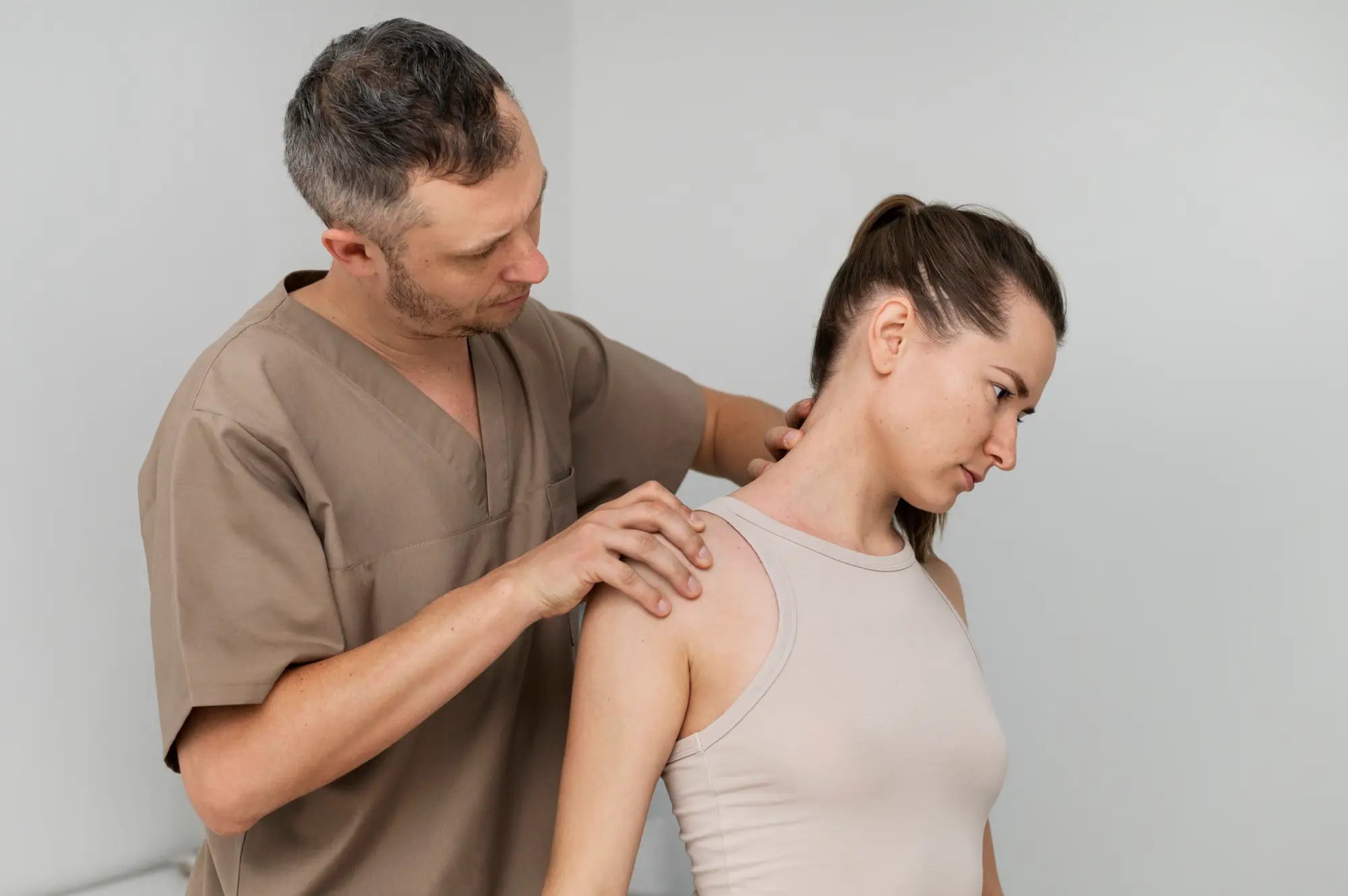
Degenerative disc disease can lead to chronic back or neck pain, making movement feel limited and daily activities more difficult. Yet staying active is one of the effective ways to manage symptoms and maintain spinal health. With the right strategies and guidance, individuals with degenerative disc disease can adapt their routines, protect their spines, and improve mobility without aggravating discomfort.
Why Movement Matters
Regular physical activity strengthens the muscles that support your spine. Strong core muscles, back muscles, and surrounding tissues work together to reduce the load on damaged discs. When these supporting structures become stronger, they take pressure off the deteriorating discs and help distribute weight evenly across your spine.
Movement also promotes better blood flow to spinal tissues. This improved circulation delivers nutrients to damaged areas and helps remove waste products that contribute to inflammation. Physical activity stimulates the production of synovial fluid, which lubricates joints and enables them to move smoothly. Without regular movement, joints become stiff and muscles weaken in degenerative disc disease, creating a cycle that worsens pain and mobility issues.
Low-Impact Exercises
Several types of exercises benefit people with spinal disc degeneration while minimizing stress on damaged discs. These exercises focus on promoting strength, flexibility, and spinal health while avoiding further strain. Here is a structured list of some appropriate activities:
- Walking: This gentle activity strengthens leg muscles, improves cardiovascular health, and promotes spinal alignment without jarring movements.
- Swimming and Water Exercises: The buoyancy of water reduces the impact on your spine while allowing for full-body movement. Activities such as pool walking, gentle swimming strokes, and water aerobics help build strength and flexibility while providing natural resistance training.
- Flexibility Exercises: Gentle stretching routines help maintain the range of motion in your spine and surrounding joints. These exercises specifically target tight muscles that often develop when movement is limited due to pain.
- Core Strengthening Exercises: Targeted core exercises enhance stability and provide necessary support to your spine.
By incorporating these exercises into your routine, you can enhance spinal health while minimizing stress on damaged areas. Always consult a healthcare provider before starting any new physical activity.
Tips for Staying Active
Start slowly when beginning any exercise program. Your body needs time to adapt to increased activity levels, especially when dealing with degenerative disc disease. Take the following tips into account to stay active without aggravating pain:
- Begin with short sessions of 5-10 minutes and gradually increase duration as your tolerance improves.
- Listen to your body’s signals and adjust your activity levels accordingly.
- Pay attention to proper form during all activities to avoid placing further stress on compromised spinal structures.
- Focus on maintaining good posture throughout exercises, keeping your spine in neutral alignment.
- Warm up before physical activities and cool down afterward to prepare and recover your muscles and joints effectively.
- Avoid high-impact activities such as running on hard surfaces, jumping exercises, and contact sports, which can stress degenerative discs.
By incorporating these strategies, you can promote safe and effective physical activity while minimizing the risk of exacerbating spinal discomfort.
Schedule a Degenerative Disc Disease Evaluation Today
Living actively with spinal disc degeneration requires the right approach and professional guidance. Low-impact exercises, proper technique, and gradual progression help you maintain mobility while managing symptoms effectively. Movement remains fundamental for supporting spinal health and preventing further deterioration of disc structures. Schedule a spinal degeneration evaluation today with a trusted pain clinic near you.





